Contributed By
Published
A fan's review of the live orchestra version of Panzer Dragoon Saga's soundtrack.
Contents
- Introduction
- Twenty Years, Twenty Tracks
- 1. Ecce valde generous ale
- 2. Noble Rebel Army
- 3. A Premonition of Battle
- 4. Mutant Species 1
- 5. Gigantic Creature 1
- 6. The Breath of Life
- 7. Nomad
- 8. Atolm Dragon
- 9. Tornado
- 10. The Ark
- 11. Village of Zoah
- 12. Gigantic Warship
- 13. Holy Chariot
- 14. Interception
- 15. Seekers’ Stronghold
- 16. Forest Shriek
- 17. Toward the Promised Land
- 18. Tears
- 19. Visions 1
- 20. Sona mi areru ec sancitu
- Conclusion
Introduction
In 1998, one of the most memorable game soundtracks was released with the Sega Saturn’s swan-song, Panzer Dragoon Saga. Its unique mixture of Saturn chip generated sound together with tribal drum beats and reverberant vocals made Panzer Dragoon Saga’s soundtrack a significant contributor to the game’s unique, post-apocalyptic setting. That soundtrack was never far from making players feel surrounded by the echos of an ancient civilisation.
It’s 2018. Twenty years later Saori Kobayashi, Panzer Dragoon Saga’s original composer, has decided to revisit the soundtrack that made our beloved game world so memorable. However, comparing “Resurrection: Panzer Dragoon Saga 20th Anniversary Arrangement Album” with the original game soundtrack is like comparing apples and oranges. The original score made heavy use of the Saturn’s hardware, it’s constraints producing a soundtrack that was truly unique. “Resurrection”, on the other hand, is a live orchestra production from Saori Kobayashi and the Triforce Quartet (with Eri Ito returning for the vocals). Different approaches lead to fundamentally different experiences which ultimately make the two albums feel like distinct works sharing common themes.
Twenty Years, Twenty Tracks
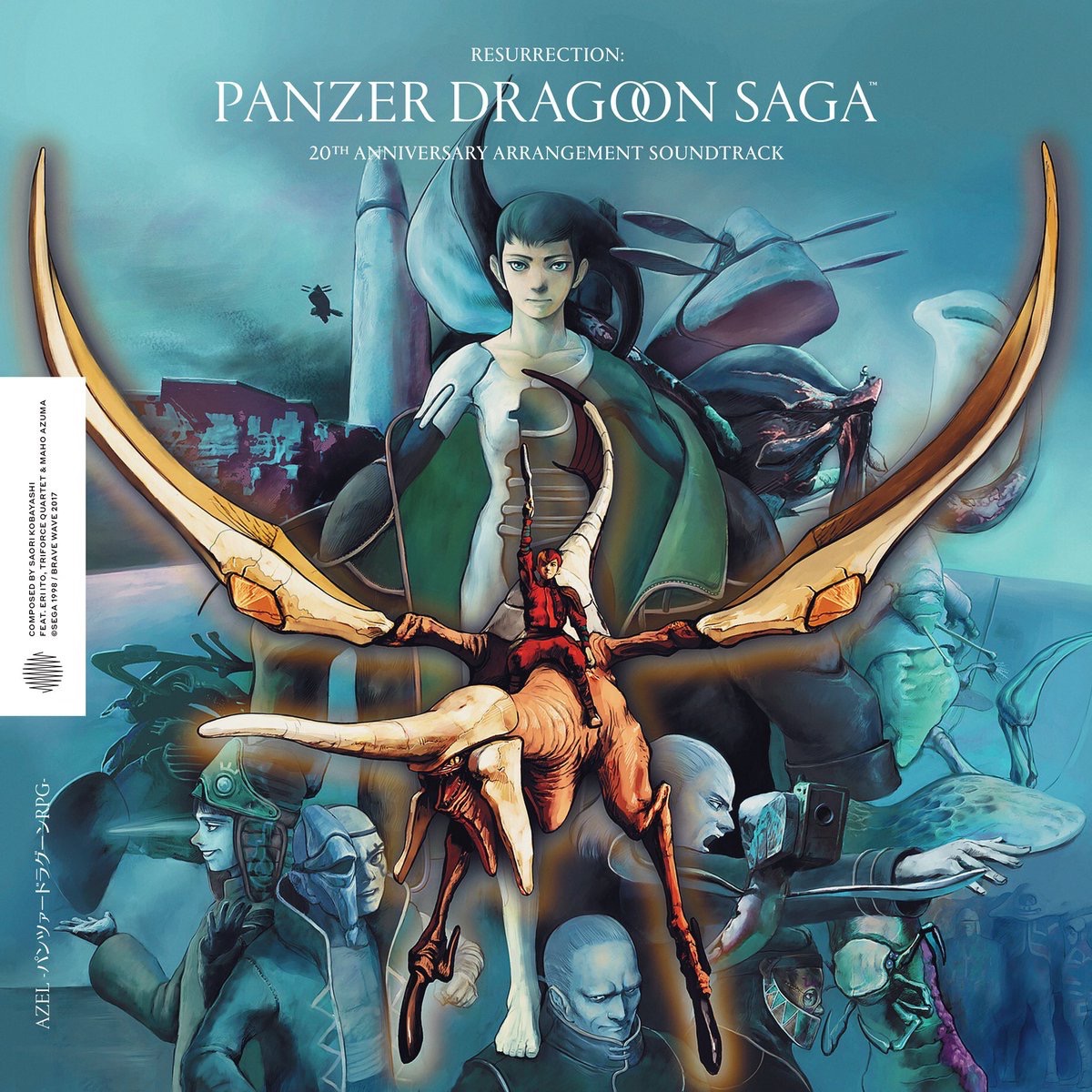
To celebrate the twenty years since Panzer Dragoon Saga’s release, twenty tracks have been selected from the original “Azel Panzer Dragoon RPG Complete Album”. The original album was a massive 57 tracks spanning two CDs. “Resurrection” contains a smaller selection that attempts, and succeeds in giving us a summarised, alternative version of the original score.
Some listeners will no doubt be disappointed that their personal favourite tracks are missing from this twenty year commemoration. Fan favourites such as “Pure Blood Seed”, “Paet”, and “Imperial Airforce” are notably missing, while less prominent tracks such as “The Breath of Life” and “The Ark” take centre stage. Yet overall, the selection of tracks represent a broad selection representative of the diversity of the original soundtrack. For example, the album contains exactly one track representing each of the five major factions in the game (“Noble Rebel Army”, “Nomad”, “Village of Zoah”, “Gigantic Warship”, and “Seekers’ Stronghold”). “Ecce valde generous ale”, “A Premonition of Battle”, “Toward the Promised Land”, and “Sona mi areru ec sancitu” each represent a variation of Panzer Dragoon Saga’s main themes, but all four are indispensable to the overall narrative that none could be easily be left out. It was always going to be a challenge to please everyone with a reduced track list (indeed there’s enough material left out to fill a second volume) but given the twenty track limit I think they did a good curating a diverse selection.
1. Ecce valde generous ale
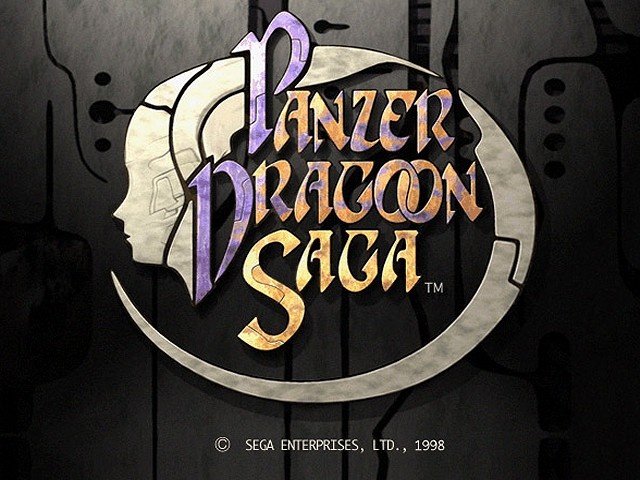
The short, mood setting title screen music from Panzer Dragoon Saga, also known as “Behold, The Precious Wings”. The main difference here is the lack of drumbeats, with emphasis placed on the wordless vocals and slow mysterious music that accompanies them. “Ecce valde generous ale” was an essential introduction piece, setting the stage and feeling for the world of Panzer Dragoon Saga, and continues to be for this new album.
2. Noble Rebel Army
The noble rebels are of course Craymen and his supporters in the Black Fleet. Originally this track played during the game’s lengthy FMV introduction, where Craymen’s fleet attacked the Excavation Site, killing many of Edge’s friends in the name of a greater good. This track loses none of the heart pounding rhythm and sense of urgency that the original generated.
3. A Premonition of Battle
No Panzer Dragoon Saga album would be complete without the theme for game’s original dragon flight section, symboling the beginning of the hero’s journey into a much wider world, and the instrumental counterpart to “Sona mi areru ec sancitu”. The live orchestra version of this important track keeps the memorable souring intro which blends more into the start of the main section of track. Following the beats of the original relatively consistently, it features the addition of pipe instruments in certain sections which gives the track a fresh new feeling. It’s a wonderful take on a classic theme.
4. Mutant Species 1
The first battle theme from Panzer Dragoon Saga is also one of the most memorable: the theme of the mutated creatures that inhabit Edge’s world. Like the original, this rendition is upbeat and souring, with a steady drumbeat in the background. It contains some new sections as well, expanding the track while also being a worthy new alternative to the original.
5. Gigantic Creature 1
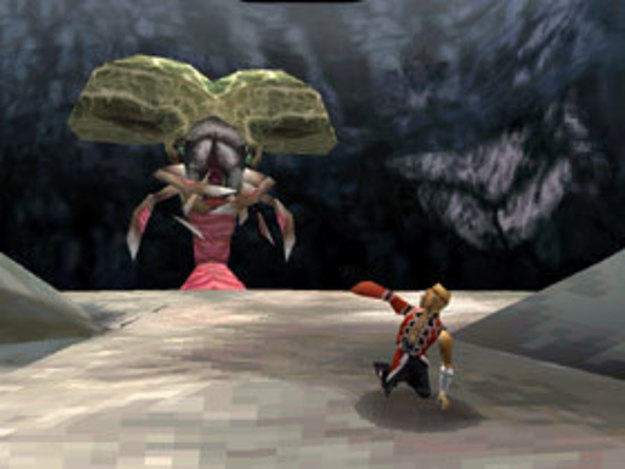
Players may or may not recall that there are two tracks for mutated creature boss fights, the second of which was much faster paced the original. Kobayashi has chosen the version with the slower introduction here, a welcome choice for this new album. It notably played during the build up to the Arachnoth and Gigra fights, and this version captures that sense of slowly moving towards an encounter with an ever more present threat. Listening to the “Resurrection” version feels remarkably like re-experiencing those fights, with a steadier drumbeat over the whole track.
6. The Breath of Life
For me, the inclusion of “The Breath of Life” was a surprise. There’s no question that the oasis theme was a great track in the original album, but as a predominantly a background track it’s not necessarily among the most memorable. Yet, the inclusion of “The Breath of Life” here is very welcome; the sense of awe that Edge and Gash would have felt at finding a lush oasis after a long flight through the desert is re-captured. Indeed, that sense of discovery feels even more prominent here.
7. Nomad
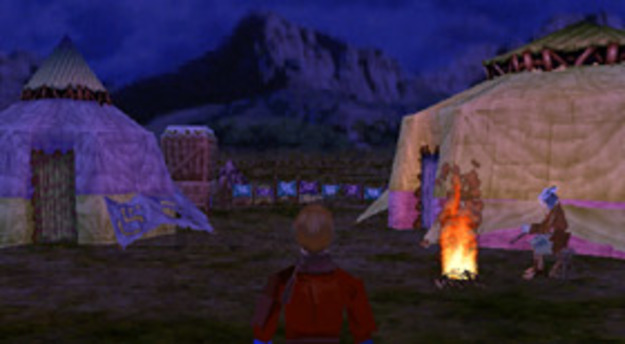
Also known as “Wandering” in previous translations, the theme of the Caravan folk makes a reappearance and simply put this new version is amazing. The use of flute and string instruments in it’s composition leaves us with a relaxing new take on this already memorable melody. Lively and with a sense of rhythm that represents a tribe always on the move, yet restful as if setting up camp in one place after a long journey. There’s no question that “Nomad” is my favourite track on this new album.
8. Atolm Dragon
Given my praise of “Nomad”, I wish I could say the same about fan-favourite “Atolm Dragon”. While it captures all of the urgency and sense of scale of the three encounters with Azel and her dragon, this new version is let down by the prominent heavy beat over top of track, which distracts from the core content. “Atolm Dragon” by no means a bad track, but feels “overlayed” too much for me to feel overly positive about it.
9. Tornado
The theme of Georgius. Like “Atolm Dragon”, there’s a heavy beat over the introduction of “Tornado”, but this disappears into the background as the track progresses, making way for the core theme representing a perilous flight over through an artificially created storm. The dramatic melody representing constant progression that originally assisted the game (which cleverly omitted changing the music during the “Above Georgius” random encounters), is ever present in the new version.
10. The Ark
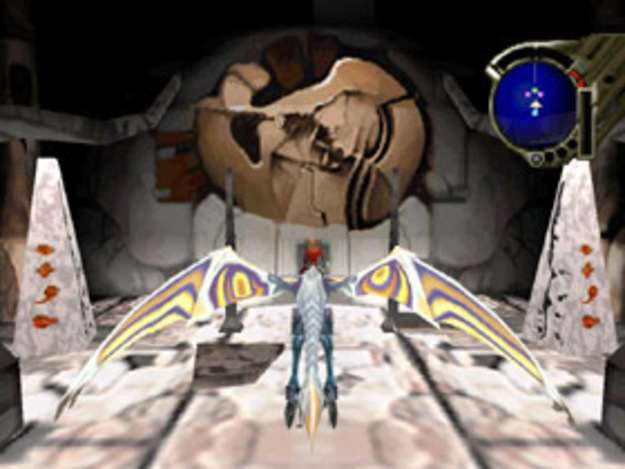
Another quieter track, “The Ark” only played during a tiny section of Panzer Dragoon Saga, when Edge and his dragon venture inside the ancient Tower of the sky, Shelcoof. Like the original version, “The Ark” is mixed with both the main themes of Panzer Dragoon Saga and it’s prequel Panzer Dragoon II Zwei, carefully linking the two stories musically. Featuring beautiful piano sections, “The Ark” is a fitting breather track after the heart pounding two tracks that come before it on the album.
11. Village of Zoah
“Village of Zoah” is actually two tracks from the original album rolled into one. More than just acting as a nice way of sneaking in a twenty first track onto the album without calling it a new track, “Village of Zoah” carefully contrasts the liveliness of the brief opening—which is Zoah’s Liberal District theme—with the tranquil Holy District theme, “By the Source of the Protective Flame”. With the assistence of a live orchestra, this track really captures the feeling of Zoah’s belief in a calm, omni-safe space within the violent world that they live in. Until…
12. Gigantic Warship
After Zoah meets it’s fate, Edge faces off against—and ultimately loses the fight against—the Imperial flag ship, Grig Orig. Earlier in Panzer Dragoon Saga players encounter a ship called the Behemoth, but the Grig Orig is the true behemoth and this track captures the immense scale of the ship in contrast to Edge’s dragon. The drumbeats together with an increasingly escalating pace make “Gigantic Warship” an exhilarating track to listen to.
13. Holy Chariot
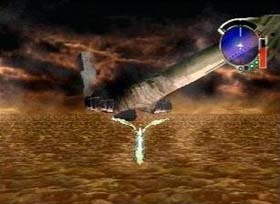
Another favourite of mine has been faithfully adapted by “Resurrection”’s live orchestra. The theme of Mel-Kava technically occurred prior to the aforementioned encounter with the Grig Orig, but both soundtracks place it closer to conclusion of the game’s third disc. This is fitting since both the game’s event and accompanying audio represent a final struggle up the slopes of the figurative mountain that is Edge’s quest to reach the Tower. This new version loses none of that sense of finality.
14. Interception
Surrounded by Imperial forces, Edge makes an uneasy alliance with his nemesis Craymen to stop the Empire from gaining control of the Tower. After Craymen’s monologue, Edge realises that the stakes have never been higher, and the heart pounding urgency of “Interception” represents this perfectly along with an ascent up the long undisturbed ancient monolith of the Tower. This version feels even faster paced, but in some ways less mysterious, than the original; an ascent of singular, uncompromising focus.
15. Seekers’ Stronghold
If there’s one track that represents the on-going struggle of present day humans against the bio-technological control system of their ancestors, this would be it. Steady and timeless, the theme of the Seekers’ home represents an organisation of determination yet patience in their quest to bring the Towers and Sestren to an end. “Seekers’ Stronghold” is perhaps the closest track on this album to its original version and that’s just fine with me.
16. Forest Shriek
Previously translated as “Forest’s Scream” and “Forest’s Cry”, the meaning is always the same—a forest burning from the fires of the Empire’s flag ship. A steady beat covers most of this track, representing Edge’s slow, encumbered flight towards the now monster infested Grig Orig. In many ways “Forest Shriek” also feels like a background track, with a focal, accelerating theme found only towards the end of the track. Yet “Forest Shriek” feels both relaxing and carries momentum, with no contradiction between the two.
17. Toward the Promised Land
Another essential track, representing the pivotal moment when Azel—the story’s true protagonist—makes a choice of her own accord to help Edge defeat Sestren. “Toward the Promised Land” is the same basic tune as “Ecce valde generous ale”, but ever more present, and bringing together a greater combination of instruments, which results in a feeling a grandness, moving all of the story’s remaining characters (and particularly Azel) towards a new horizon.
18. Tears
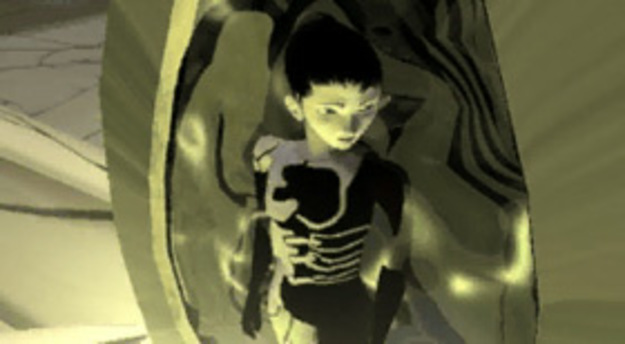
The other big scene involving Azel and Edge together is a sadder tune than “Toward the Promised Land”, where Azel remains behind as Edge departs for Sestren, unknown if either of the pair will ever see one another again. Knowing how the story turns out only makes “Tears” all the more emotional, and this orchestra version’s use of piano and string instruments brings the emotion to new heights. As with “Toward the Promised Land” it’s a powerful composition for an important story moment filled with hope, but with a very different tone.
19. Visions 1
There were two “Visions” tracks on the original soundtrack; players will recognise these as encompassing the encounters with the anti-dragons. “Visions 1” is a new take on the initial encounters with the antithesis of Edge’s dragon, faster paced and more dramatic than the original composition. Like other tracks on the album, “Visions 1” often feels more present than the 1998 version.
20. Sona mi areru ec sancitu
There’s a big difference between Panzer Dragoon Saga’s memorable ending song and this new version: less contrast between it’s slow and fast parts. The original “Sona” featured a slow vocal intro and outro pair that gave way to Eri Ito’s powerful chorus. This new version (also sung by Ito), features an instrumental intro that leads naturally into a steady chorus. The lyrics of “Sona mi areru ec sancitu”, which in the fictional Panzer Dragoon language translates to “Art Thou the Holy One”, questions the different perspectives on the legendary dragon—a bringer of destruction or a holy winged messenger—and having two quite different versions of this track wonderfully matches the divergence of opinion on what the dragon is.
Conclusion
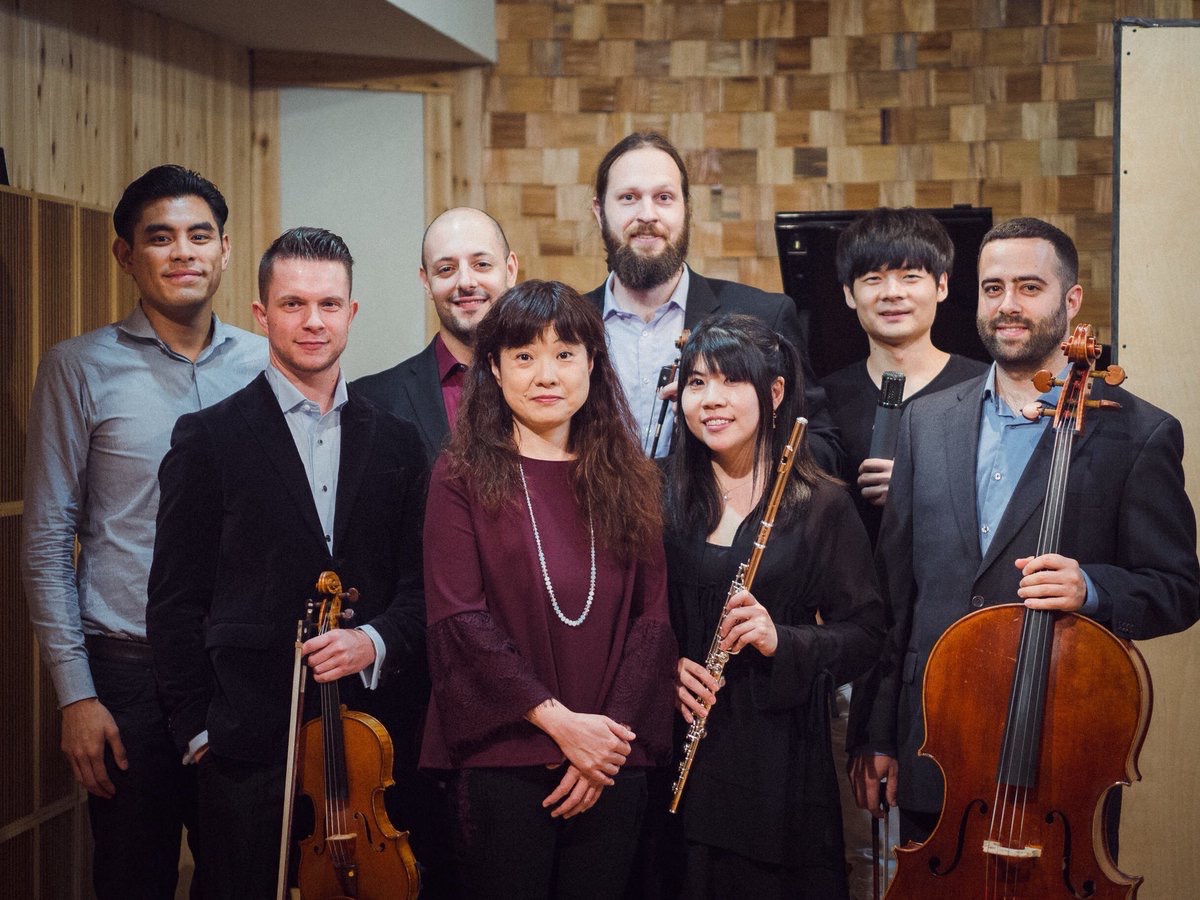
If there’s two things that can be generally said about “Resurrection” it’s that it’s a different/fresh take on the original score and that each of these new tracks has a much more consistent pace across the whole track. Compared to the original album’s tracks which often started slow and accelerated, the word steady repeatedly comes to mind here. And in way it’s fitting, given that this album is coming out twenty years later and we’ve likely all mellowed a bit, including perhaps our preferences in music. That’s not a criticism of either album, but it does mean that “Resurrection” is inherently different. Apples and oranges.
Indeed, I’ve tried to avoid any direct attempts to pit one album against the other precisely because they are two different and complementing scores, rather than one acting as competition or a replacement for the other. Overall, I feel that both albums represent the world and themes of Panzer Dragoon Saga very well, which as a fan is perhaps the most important thing. Yet, the vastly different instruments and pacing that “Resurrection” uses makes it a radically different and fresh experience that is a must listen for Panzer Dragoon Saga fans. And like apples and oranges, you can just eat only your preferred fruit, but your diet is going to be much richer if you consume both.
Ethics disclaimer: Brave Wave provided me with a digital copy of “Resurrection: Panzer Dragoon Saga 20th Anniversary Arrangement” for review purposes.
